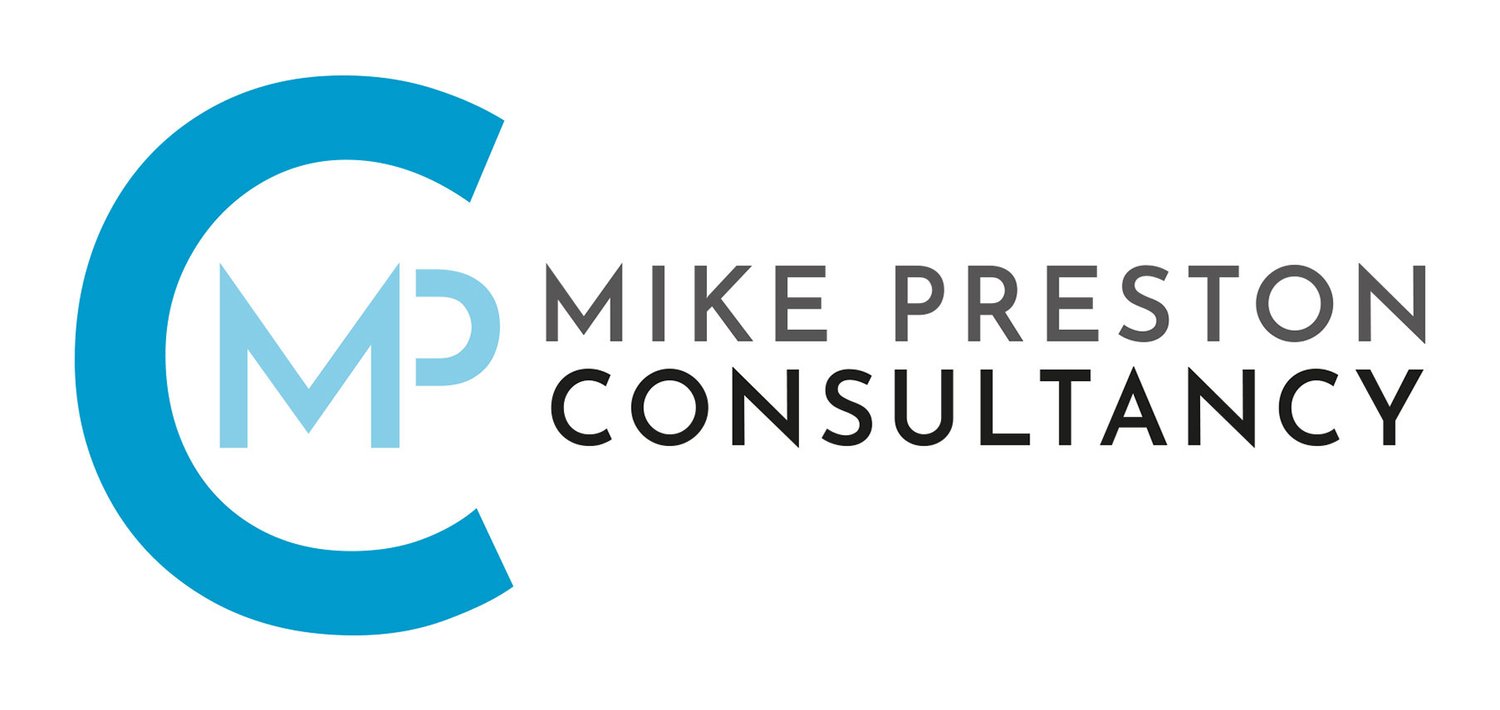Creating a Digital Community of Volunteers
This is the final article in my series on Volunteer Engagement. This week I wanted to talk to you more about how building a community of volunteers not only strengths engagement but provides a platform for sharing ideas, measuring impact and continuous improvement.
Quality volunteer engagement is an ongoing process that requires dedicated time and resource. By prioritsing these aspects, organisations can build a positive and rewarding volunteer experience that attracts, retains, and maximizes the impact of dedicated volunteers.
Inclusive and Diverse Environment:
Foster an inclusive and diverse volunteer community. Celebrate differences and create an environment where volunteers from various backgrounds feel welcomed and valued. A diverse group brings different perspectives and enriches the volunteer experience. Its also important that you're community truly reflects those it serves, and in so doing provides service users with appropriate role models.
Consider conducting an Equality and Diversity Audit of you're volunteers. This will help you identify gaps in you're community, and in turn create an action plan to tackle some of these.
Meaningful Impact Measurement:
Clearly demonstrate the impact of volunteers' contributions. Regularly share success stories, milestones, and tangible outcomes of their work. Volunteers are more likely to stay engaged when they see the positive change they are helping to create.
Consider not only qualitive measures, which tell a story. But also include quotative measures, it's these comments and feedback from service users that really do motivate the volunteers.
Empowerment and Autonomy:
Empower volunteers by giving them autonomy in decision-making where appropriate. Trusting volunteers with responsibilities and involving them in the decision-making process enhances their sense of ownership and commitment.
Continuous Feedback Loop:
Establish a feedback loop for volunteers to share their experiences and suggestions. Act on constructive feedback to improve processes and address any concerns promptly. This two-way communication promotes a culture of continuous improvement.
Create a sense of community by establishing working groups, and development groups made up of volunteers to explore options for tackling some of the barriers they may be facing.
Building a Virtual Community:
Emphasise the importance of creating a sense of community among virtual volunteers. Share strategies for fostering connections, organizing virtual team-building activities, and celebrating achievements.
Consider the platforms you are using to bring you're volunteer community together. Are there ny barriers to volunteers engaging? For example do you need to create a profile before you join, or can you simply sign up with you're mobile number.

